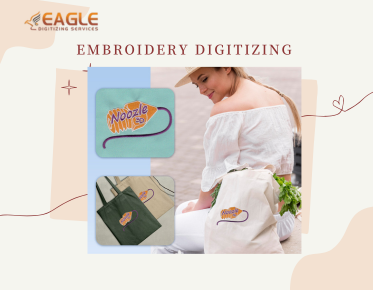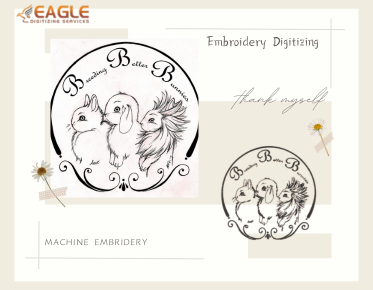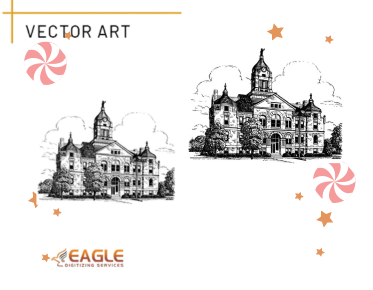Guide to Common Embroidery File Formats: How to Choose Between DST, PES, EXP, and JEF
Embroidery has been a cherished art form for centuries, evolving from hand-stitched designs to sophisticated machine embroidery. With the advent of technology, embroidery has become more accessible and versatile, allowing for intricate designs to be created with precision. However, one of the challenges faced by both beginners and seasoned embroiderers is choosing the right file format for their embroidery machines. In this guide, we will explore the common embroidery file formats: DST, PES, EXP, and JEF, and help you decide which one is best suited for your needs. Whether you're a hobbyist or a professional, understanding these formats is crucial for achieving the best results in your embroidery projects. For more insights on embroidery digitizing, you can explore machine embroidery digitizing services.
Understanding Embroidery File Formats
Embroidery file formats are essentially digital instructions that tell an embroidery machine how to stitch a design. Each format is specific to certain brands or types of machines, and choosing the wrong format can lead to errors or unsatisfactory results. Let's delve into the specifics of each format.
DST Format
The DST format, developed by Tajima, is one of the most widely used embroidery file formats. It is a stitch-based format, meaning it contains information about the stitch types, lengths, and sequences. DST files are highly compatible with a variety of embroidery machines, making them a popular choice for professionals. However, they do not store color information, which means you need to manually set the thread colors on your machine.
PES Format
The PES format is associated with Brother and Babylock embroidery machines. Unlike DST, PES files include color information, which simplifies the embroidery process by automatically setting the thread colors. This format is ideal for those who frequently work with Brother machines and want a seamless embroidery experience. If you're looking to convert images to PES files, you might find this guide on converting images to PES helpful.
EXP Format
EXP, or Melco Expanded format, is another popular embroidery file format. It is used by Bernina and Melco machines and is known for its versatility. Like DST, EXP files do not store color information, which requires manual color setting. However, they are highly reliable and widely supported, making them a staple in the embroidery industry.
JEF Format
The JEF format is exclusive to Janome embroidery machines. It is a user-friendly format that includes both stitch and color information, making it convenient for Janome users. JEF files are particularly beneficial for those who own Janome machines and want to ensure compatibility and ease of use.
Choosing the Right Format
When deciding on an embroidery file format, consider the following factors:
- Machine Compatibility: Ensure the format is compatible with your embroidery machine. Check your machine's manual or manufacturer's website for supported formats.
- Color Information: If you prefer automatic color settings, opt for formats like PES or JEF that include color data.
- Design Complexity: Some formats handle complex designs better than others. For intricate designs, ensure the format can accommodate the necessary stitch details.
- File Conversion: If you frequently switch between machines, consider using a format that is easily convertible to other formats.
Future Trends in Embroidery File Formats
As technology advances, we can expect to see more standardized and versatile embroidery file formats. The integration of AI and machine learning in embroidery software could lead to smarter file formats that automatically adjust to different machines and design complexities. Additionally, cloud-based embroidery solutions may offer seamless format conversions and design sharing across platforms.
In conclusion, choosing the right embroidery file format is essential for achieving the best results in your projects. By understanding the differences between DST, PES, EXP, and JEF, you can make informed decisions that enhance your embroidery experience. For those seeking professional assistance, Eagle Digitizing excels in providing professional embroidery digitizing services, ensuring every design is crafted with unmatched precision.



